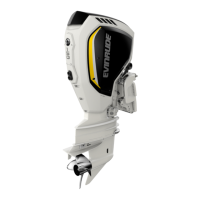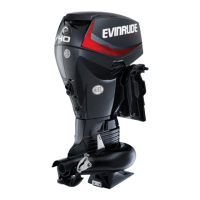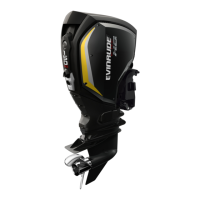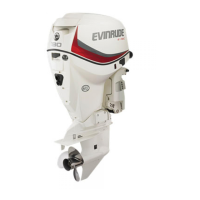20
BOAT RIGGING
FUEL SYSTEM REQUIREMENTS
FUEL SYSTEM
REQUIREMENTS
Regulations and Guidelines
Vessel manufacturer, and/or installer of an EPA
certified outboard, must meet minimum specifica-
tions for boat fuel systems established by:
• U.S. Environmental Protection Agency (EPA)
– 40 CFR 1045.112
– 40 CFR 1060
• U.S. Coast Guard (USCG)
– 33 CFR 183
• American Boat & Yacht Council (ABYC)
– Standard H-24
– Standard H-25.
Permanent Fuel Tanks
Permanent fuel tanks must be properly vented
outside of the hull.
Remote fuel tank gas fills must be grounded.
Fuel tank pickups should include an anti-siphon
valve to prevent fuel flow if a leak occurs in the
fuel distribution system.
Portable Fuel Tanks
Do not use portable fuel tanks for
outboards larger than 115 HP. Inadequate fuel
flow to high horsepower outboards can result
in serious powerhead damage.
Fuel Hose
All fuel hoses used for rigging outboards manufac-
tured after January 1, 2009 must meet EPA per-
meation requirements for evaporative emissions.
• Use SAE J30R9, or USCG Type B1-15, fuel
hose in motor well areas.
• Use USCG Type A1-15 fuel hose between per-
manent fuel tanks and motor well fittings in inac-
cessible routings.
• Compliant hoses are labeled with the applicable
specification.
Permanently installed fuel hoses should be as
short and horizontal as possible.
Use corrosion-resistant metal clamps on perma-
nently installed fuel hoses.
Multi-outboard applications require separate fuel
tank pickups and hoses. (A fuel selector switch
may be used for “kicker” motors as long as it has
enough flow capacity for the larger outboard.)
Use only fuel lines (or copper tubing) that meet
the Fuel Flow Requirements for the outboard.
A WARNING
If engine is equipped with a quick-discon-
nect fuel hose, you MUST disconnect the
fuel hose from the engine and the fuel tank
to prevent fuel leaks:
• Whenever the engine is NOT being used
• Whenever the engine is being trailered
• Whenever the engine is in storage.
NOTE: A small amount of fuel may be
released when the fuel connector is dison-
nected.
Store portable fuel tanks in well-ventilated
areas, away from heat sources and open
flames. Close the vent screw of the fuel
tank cap, if equipped, to prevent escape of
fuel or fuel vapors which could acciden-
tally ignite. Do not allow disconnected fuel
hoses to leak fuel.
1. Specification
2. Date code
007944
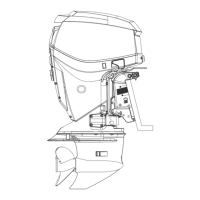
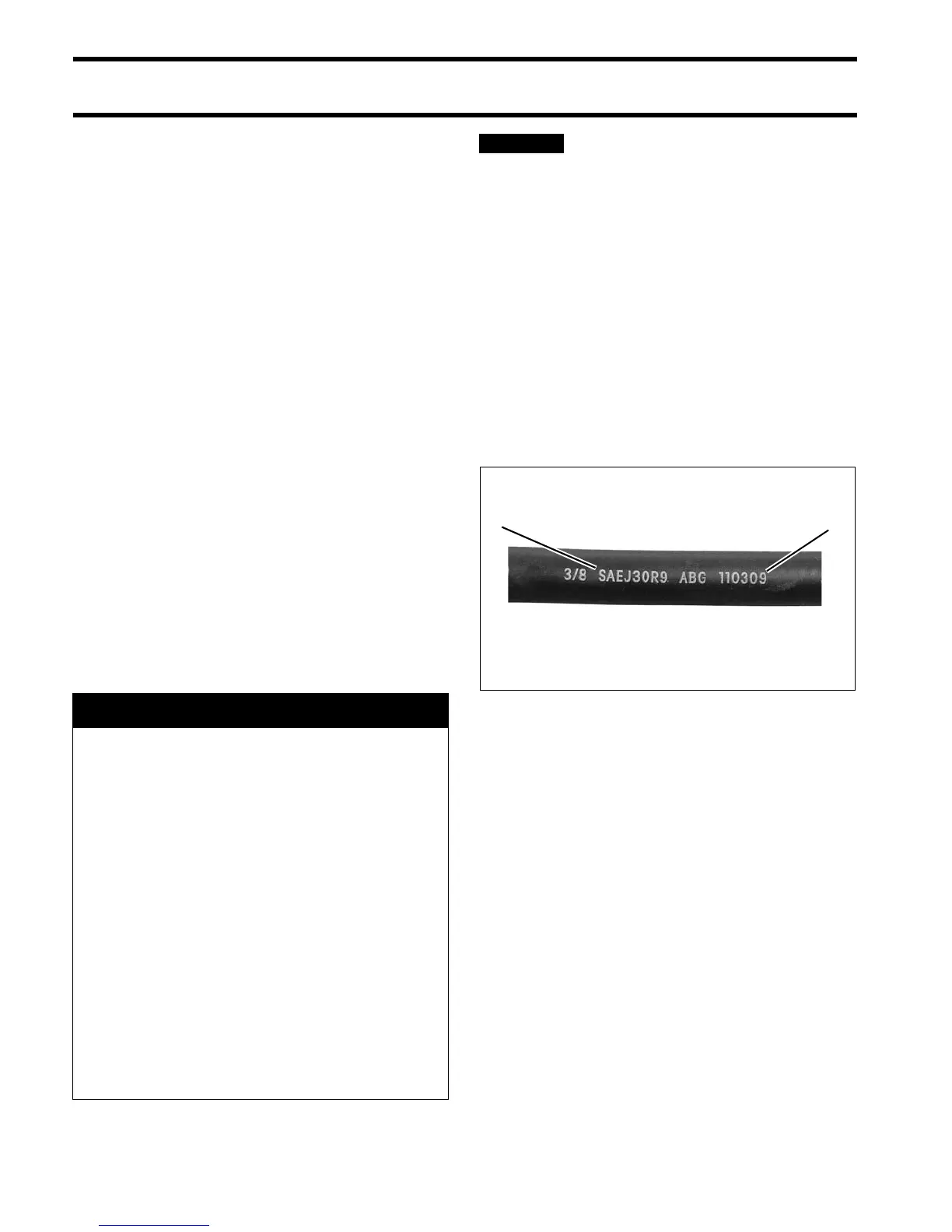